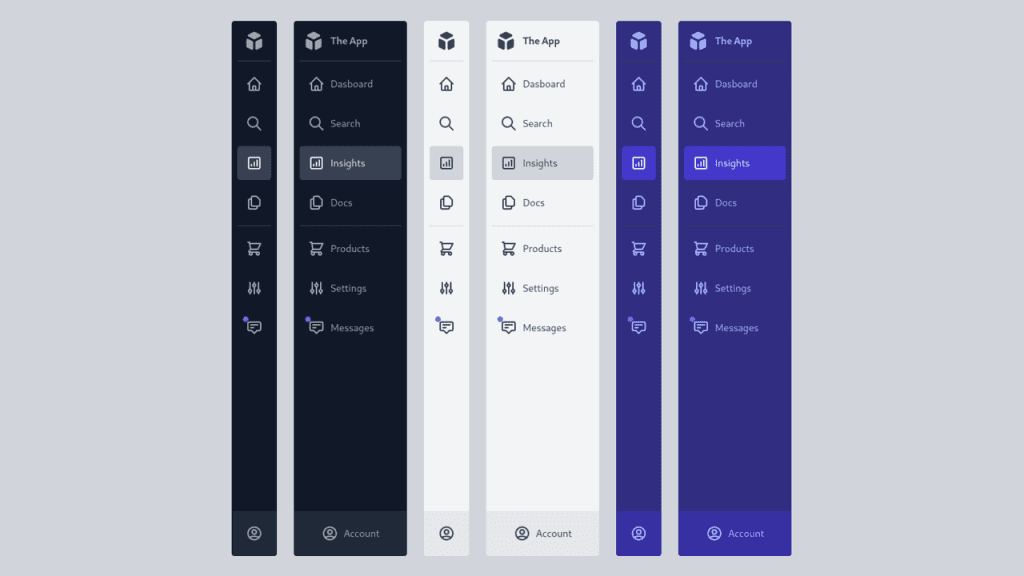Rengga Dev – There are quite a few CSS animation libraries. They tend to be a pile of class names that you can apply as needed like “bounce” or “slide-right” and it’ll… do those things. They tend to be pretty opinionated with nice defaults, and not particularly designed around customization.
It looks like AnimXYZ is designed to be highly customizable, calling itself “the first composable CSS animation toolkit.”
You use as many of the different composable bits as you need to get the in/out animation you want. Play with their builder and you’ll see output like:
<div class="square-group" xyz="tall-2 duration-6 ease-out-back stagger-1 skew-left-2 big-25% fade-50% right-5" > <div class="square xyz-out"></div> <div class="square xyz-out"></div> <div class="square xyz-out"></div> </div>
The class name xyz-out becomes xyz-in to trigger the opposite animation.
All those attribute values are reminiscent of Tailwind. To use Tailwind effectively, the build process runs PurgeCSS to remove all unused classes, which will serve a tiny fraction of the complete set of classes Tailwind offers. I think of that because the processed stylesheet of AnimXYZ is ~9.7 kB compressed, which is larger than the file size Tailwind uses as an example on their marketing page. The point being, if classes were used, there would probably be a more straightforward way of purging the unused classes, which I bet would make the size almost negligible. Perhaps the JavaScript framework-specific usage is more clever.
body {
background: #171c33;
margin: 0;
}
.square-group {
display: flex;
gap: 1rem;
align-items: center;
justify-content: center;
height: 100vh;
}
.square {
background: #57cbf2;
width: 8vw;
height: 8vw;
}
But those criticisms aside, it’s cool! Not only are there smart defaults that are highly composable, you have 100% control via CSS Custom Properties.
const squares = document.querySelectorAll(".square");
setInterval(() => {
squares.forEach((square) => {
square.classList.toggle("xyz-in");
square.classList.toggle("xyz-out");
});
}, 1200);
Don’t miss the XYZ-ray button on the lower right of the website that lets you see what animations are powering what elements. It’s also on the docs which are super nice.
There is just something nice about declarative animations. I remember chatting with Matt Perry about Framer Motion and enjoying its approach.













